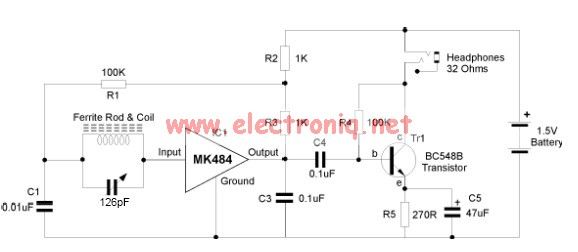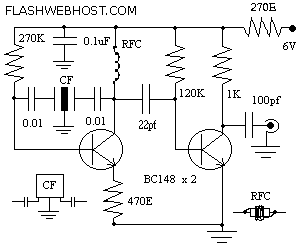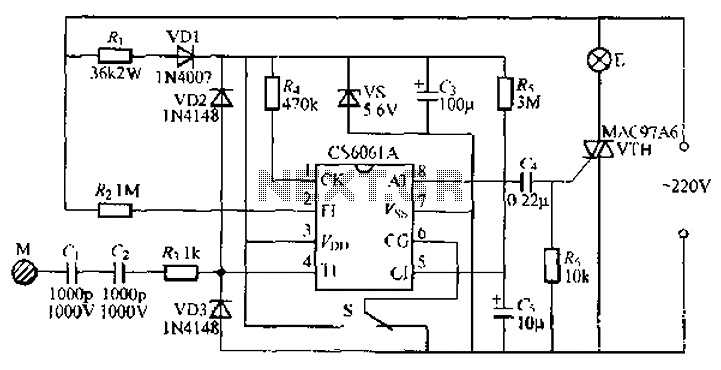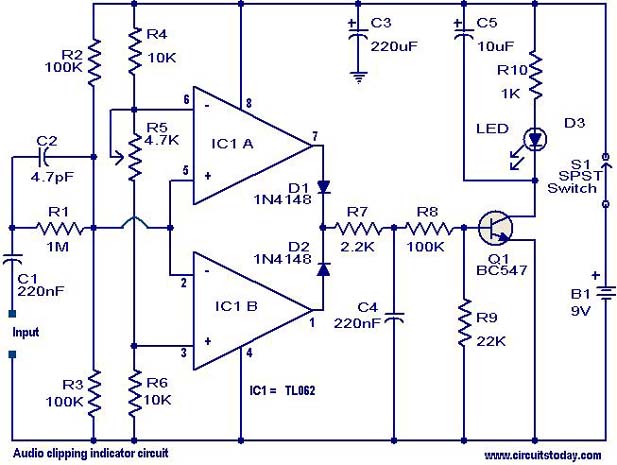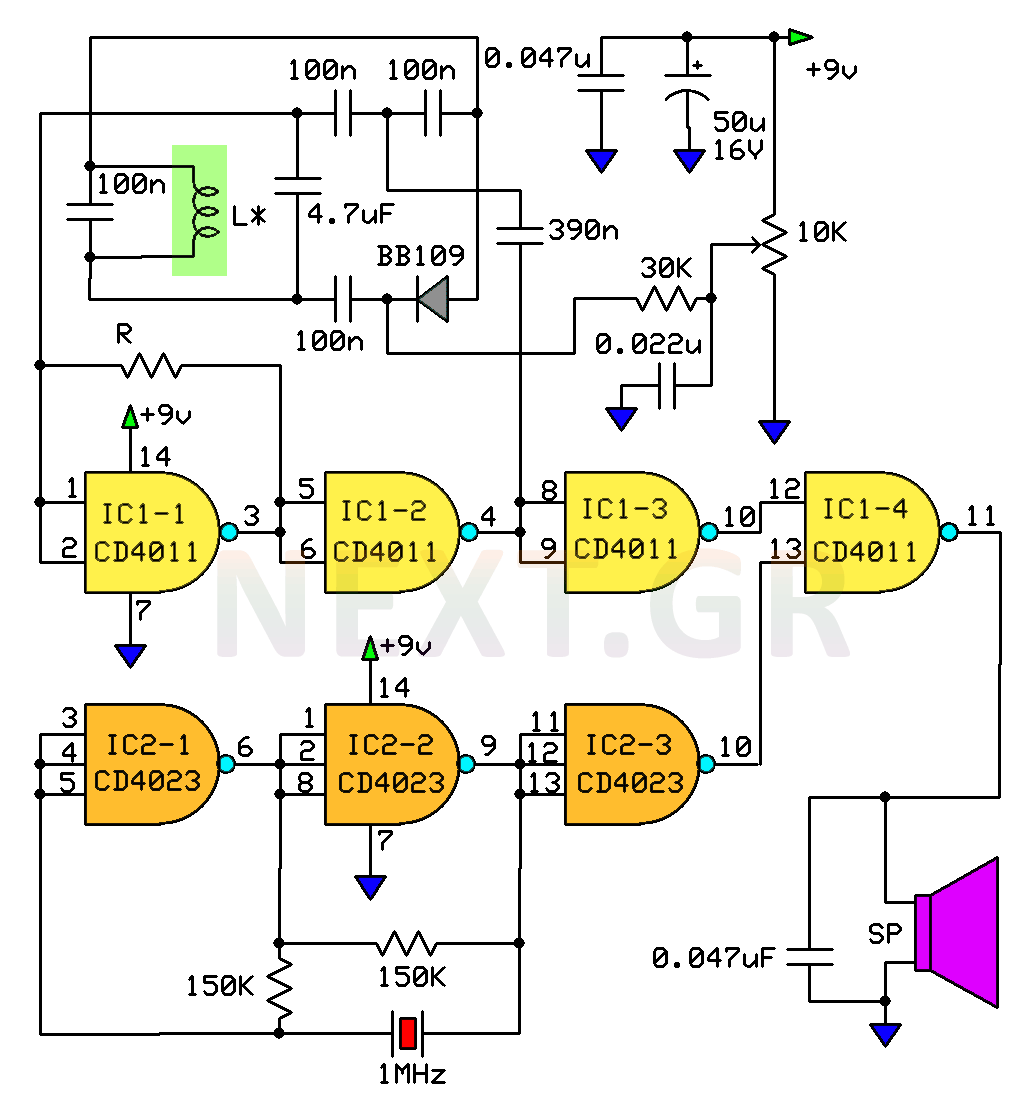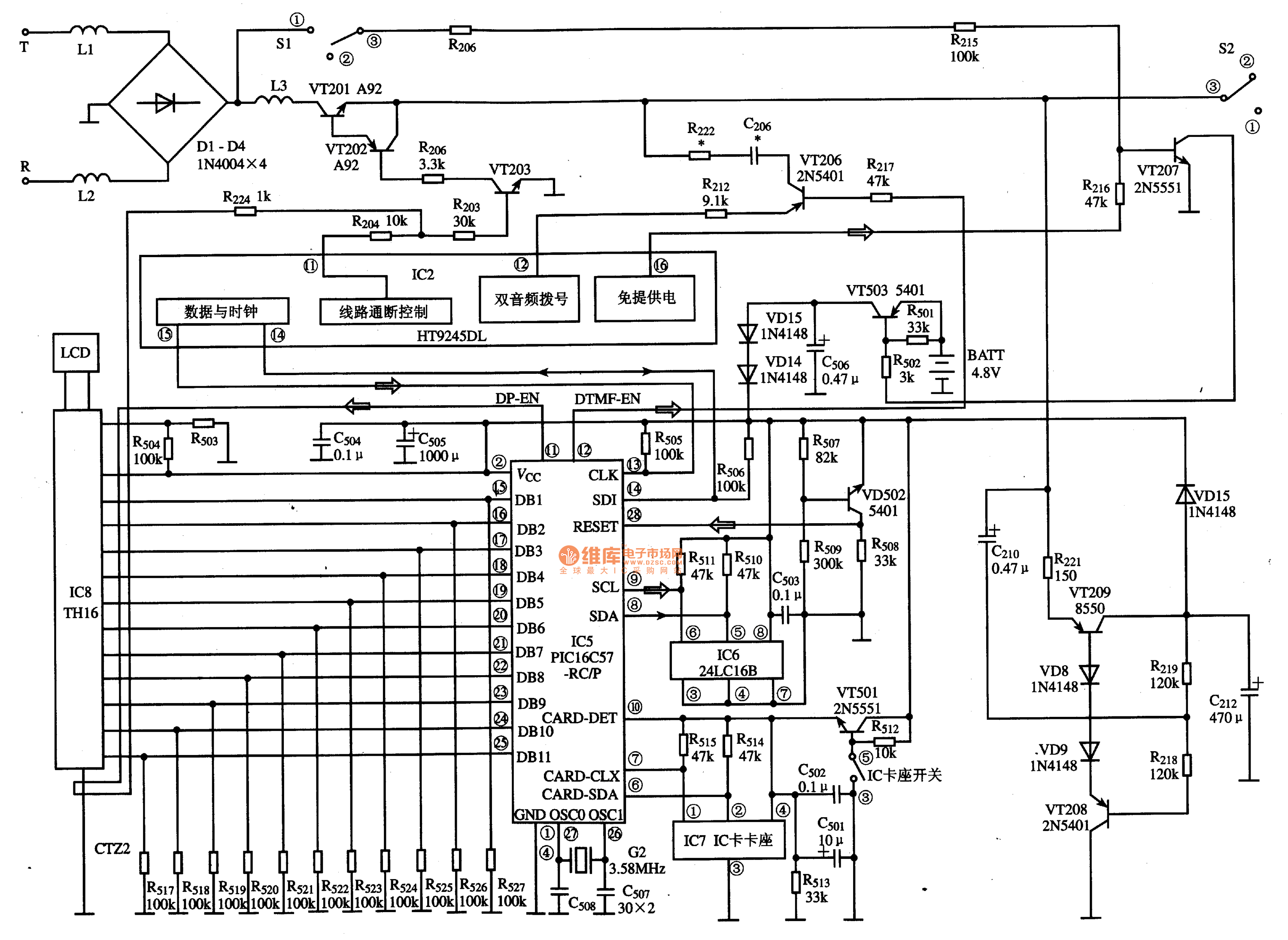
Single Op-Amp Bandpass Filter circuit
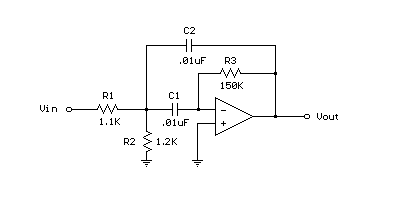
A bandpass filter allows a specific range of frequencies to pass while rejecting frequencies that fall outside the upper and lower limits of the passband. The frequencies that are permitted to pass are referred to as the passband, which extends from a frequency below the center frequency to a frequency above the center frequency, where the output voltage decreases to approximately 70% of the output voltage at the center frequency.
A bandpass filter is a critical component in various electronic applications, including communications, audio processing, and signal conditioning. It is designed to isolate a particular frequency range, enabling the desired signals to be amplified or processed while attenuating unwanted noise and interference.
Typically, a bandpass filter can be implemented using passive or active components. Passive filters may consist of resistors, capacitors, and inductors arranged in specific configurations, such as RLC circuits, to achieve the desired frequency response. Active bandpass filters, on the other hand, incorporate operational amplifiers (op-amps) along with passive components to enhance performance, allowing for better gain and impedance matching.
The design of a bandpass filter involves determining the center frequency (fc), the bandwidth (BW), and the quality factor (Q). The center frequency is the midpoint of the passband, while the bandwidth is the difference between the upper and lower cutoff frequencies. The quality factor represents the selectivity of the filter, with higher Q values indicating a narrower bandwidth and sharper roll-off characteristics.
In practical applications, bandpass filters are utilized in radio transmitters and receivers, where they help to select the desired communication channel while rejecting adjacent frequencies. Additionally, in audio systems, they are used to enhance specific frequency ranges, such as bass or treble, contributing to improved sound quality.
The implementation of a bandpass filter requires careful consideration of component values and circuit topology to ensure that the desired frequency response is achieved. Simulation tools are often employed during the design phase to validate performance before physical construction. The final circuit can be tested using spectrum analyzers to confirm that it meets the specified frequency response and attenuation characteristics.A bandpass filter passes a range of frequencies while rejecting frequencies outside the upper and lower limits of the passband. The range of frequencies to be passed is called the passband and extends from a point below the center frequency to a point above the center frequency where the output voltage falls about 70% of the output voltage at the center frequency..
🔗 External reference
A bandpass filter is a critical component in various electronic applications, including communications, audio processing, and signal conditioning. It is designed to isolate a particular frequency range, enabling the desired signals to be amplified or processed while attenuating unwanted noise and interference.
Typically, a bandpass filter can be implemented using passive or active components. Passive filters may consist of resistors, capacitors, and inductors arranged in specific configurations, such as RLC circuits, to achieve the desired frequency response. Active bandpass filters, on the other hand, incorporate operational amplifiers (op-amps) along with passive components to enhance performance, allowing for better gain and impedance matching.
The design of a bandpass filter involves determining the center frequency (fc), the bandwidth (BW), and the quality factor (Q). The center frequency is the midpoint of the passband, while the bandwidth is the difference between the upper and lower cutoff frequencies. The quality factor represents the selectivity of the filter, with higher Q values indicating a narrower bandwidth and sharper roll-off characteristics.
In practical applications, bandpass filters are utilized in radio transmitters and receivers, where they help to select the desired communication channel while rejecting adjacent frequencies. Additionally, in audio systems, they are used to enhance specific frequency ranges, such as bass or treble, contributing to improved sound quality.
The implementation of a bandpass filter requires careful consideration of component values and circuit topology to ensure that the desired frequency response is achieved. Simulation tools are often employed during the design phase to validate performance before physical construction. The final circuit can be tested using spectrum analyzers to confirm that it meets the specified frequency response and attenuation characteristics.A bandpass filter passes a range of frequencies while rejecting frequencies outside the upper and lower limits of the passband. The range of frequencies to be passed is called the passband and extends from a point below the center frequency to a point above the center frequency where the output voltage falls about 70% of the output voltage at the center frequency..
🔗 External reference
Warning: include(partials/cookie-banner.php): Failed to open stream: Permission denied in /var/www/html/nextgr/view-circuit.php on line 713
Warning: include(): Failed opening 'partials/cookie-banner.php' for inclusion (include_path='.:/usr/share/php') in /var/www/html/nextgr/view-circuit.php on line 713
